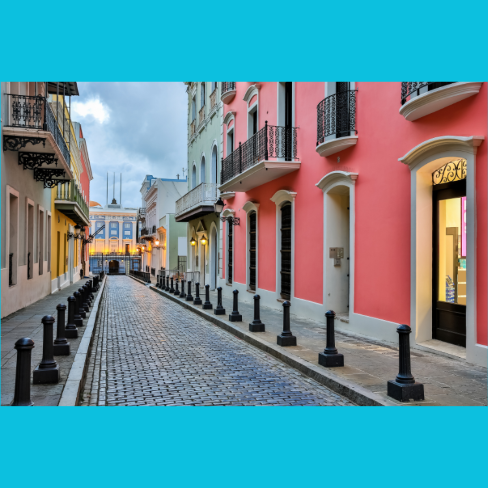
The Puerto Rican Flag: A Legacy of Resilience and Pride
These pivotal moments in history offer a profound insight into the evolution of Puerto Rican identity amid significant geopolitical shifts. Let's uncover further transformations that shaped the symbolism and significance of the Puerto Rico flag through American territorial status.
Moving on to the blue, which holds a range of symbolic meanings within the context of the Puerto Rican flag. The blue triangle represents the sky and coastal waters surrounding the island, while the white star symbolizes Puerto Rico itself - known as "La Isla del Encanto" or "The Island of Enchantment." The blue also embodies the political divisions within Puerto Rico, signifying allegiance to different political ideologies.
As we further explore the emblematic design of the Puerto Rican flag, we unravel deeper layers of meaning and narratives that resonate with the heart and soul of this dynamic island nation.
Unraveling the stories behind each emblematic element paints a vivid picture of Puerto Rico's distinct narrative, reflecting its aspirations for self-governance and liberty.


